Lavenders are flowering plants related to the mint family. It gives off a sweet scent and is known as a holy herb in ancient times. Its scent was also used to treat specific ailments such as anxiety, fatigue, and depression. Besides this, lavenders also have culinary values used in making pastries. In this article, let’s take a closer look at lavender care how to grow lavender in pots and containers.
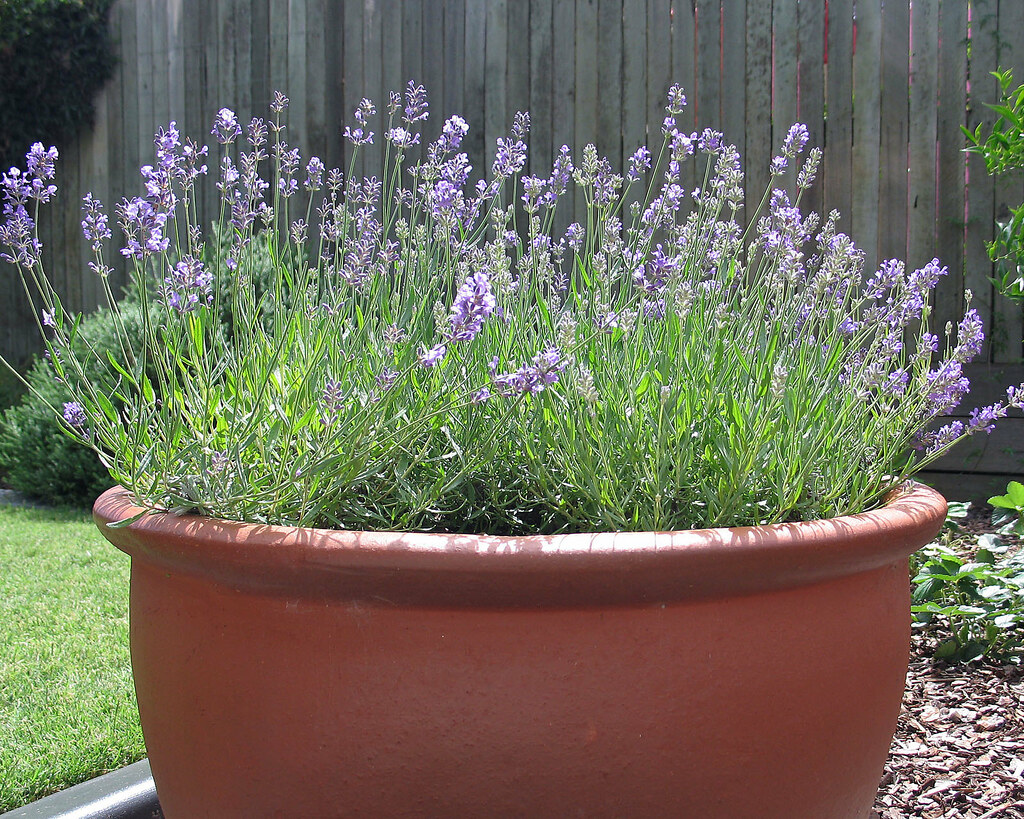
Lavenders do not only provide an aesthetic appeal to the surroundings. It also gives value to your kitchen since it has culinary uses. Planting lavender plants can be beneficial since you do not have to buy in times of need. Fresh lavender plants also give you a pleasant-smelling environment.
In this article, we will be showing you all the tips you need to effectively grow your lavenders in pots and containers. We will also discuss all the optimal requirements potted lavender plants need to thrive at their best.
What are you waiting for? Let’s dive right into it.
Requirements in Growing Potted Lavender
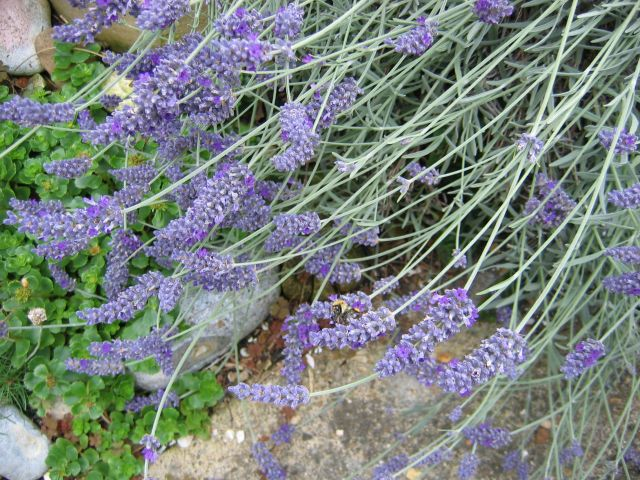
Finding the correct parameters for growing lavender can benefit you and your plant in the long run. If not met early, you must do little adjustments to correct your lavender’s growth parameters. Also, these requirements may guide you in caring for your potted lavenders in the long run.
Right Variety for Pots and Containers
As for the best lavender varieties, both ‘Hidcote’ and ‘Munstead’ are good choices for growing in pots and containers. These cultivars favor growing in pots and can adapt to different climates. But like most plants, these varieties must be proportionate to the size of the pot. This is for the plant to grow roots which may hold the plant in place and recover nutrients from the soil.
Correct Pot Size
As for pot parameters, a pot size of 12 inches across could become a suitable container for your lavender. Lavenders do not grow in immense sizes, making them suitable for these containers. Pot composition is also important in growing your lavender.
The materials preferred by aloe vera are ceramic, clay, and terracotta pots. These are semi-porous, which allows air to pass through the entirety of the potting soil. Good aeration may also dry the soil used in your lavender plants.
Watering Routine
Watering your lavender pots is crucial in food production and supporting plant growth. Lavenders only need water once every two weeks in dry seasons (Spring and Summer). This is in the absence of rainfall. It may provide enough water that may be used in photosynthesis.
In addition, water is an important component in other biochemical processes. But during Fall and Winter, you may refrain from watering potted lavenders. This may help to avoid overwatering.
Potting Soil Mix
Considering the right potting mix is also important in growing lavenders. This is the medium where the roots of your lavender will get enough nutrients for growth.
Lavenders prefer 70% compost and 30% horticultural sand for potting soil. This composition meets the optimal growth condition in growing lavenders. It also promotes greater drainage conditions and good soil structure that supports aeration.
The soil used in growing lavenders does not need the addition of fertilizers. This is due to the needs of the plant and their origin since they thrive best in low-fertility soils.
Light Requirement
The amount of sunlight received by lavenders is also crucial for their growth. Lavenders need at least 6 hours of full sunlight since it affects the number of flowers. Sunlight also affects the quality of the fragrance that it has.
Considering the flowering schedule of varieties may tell you when it will bloom. For example, English lavender flowers usually bloom in June or July for one month. They also have the highest quality of fragrance compared to all lavender varieties.
But, French and Spanish lavender flowers usually bloom in May for a duration of up to three months. This also depends on the conditions of their environment.
Temperature Requirement
English lavenders were also known as cold hardy plants. This is because these plants can tolerate freezing temperatures and can thrive under these conditions. However, other varieties, such as lavenders tend to die under freezing conditions. Therefore, French and Spanish lavenders must be stored indoors during the cold season.
Pruning
Pruning your lavenders during early Spring or in the Fall may help you lavenders in their growth. Remember that pruning after the flowers have bloomed is crucial in this process. Pruning lavenders need the use of pruners in cutting the top third of the growth. Also, maintaining a compact, the round shape is advisable in pruning lavenders.
Related: A Whole New World: 10 Different Types Of Jasmine Plant
What Are The Best Varieties of Lavender To Grow in Pots or Containers?
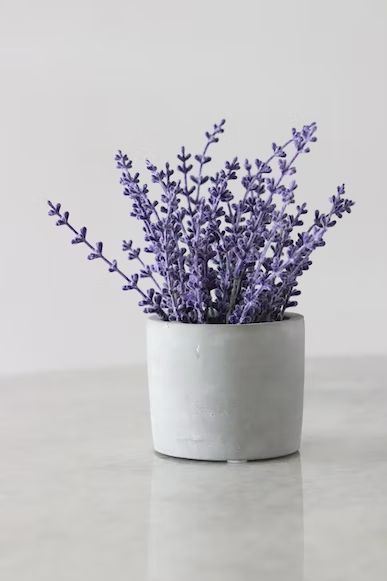
Lavender plants prefer well-draining soils and aerated soils. This makes them viable to be grown in pots and containers. This provides functional drainage that may remove excess moisture from the soil. But certain lavender varieties tend to become more suitable to be grown in pots. English cultivars such as ‘Hidcote’ and ‘Munstead’ are two popular varieties among breeders. They are also recommended to be grown in pots due to several reasons.
One reason is that they are cold hardy plants that can tolerate colder weather. It can also thrive outdoors during the cold season. Most English lavenders have resistance to low temperatures. Unlike French and Spanish lavenders, they tend to die if left exposed to cold conditions.
Apart from having cold resistance, both cultivars have the highest quality of fragrance. This makes it more acceptable to cultivate. Also, the presence of defense mechanisms makes it acceptable to plant breeders.
Both cultivars also bloom into exquisite flowers during the Summer. Usually, it grows to around 12 inches, given that pruning happens yearly. Lavenders also do not grow in immense proportions making them acceptable in pots. With this, you do not need to move them into bigger pots after growth.
French and Spanish cultivars such as ‘Bandera pink’ and ‘Anouk’ are also viable choices. They do not tend to overgrow in pots like the popular English cultivars. Also, these cultivars may bear flowers that may last for three months.
Flower bearing only happens in an environment with controlled conditions. Yet the fragrance that these cultivars hold is weaker compared to English varieties. Additionally, the lifespan of English lavenders is longer than French lavenders. The former can live up to 15 years, while the latter can survive only five years.
What Kind of Pot Do I Need in Growing Lavenders?
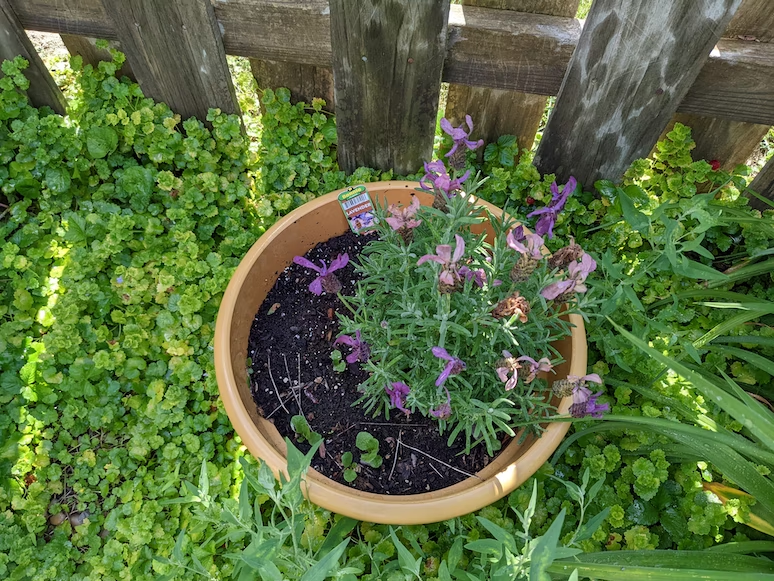
The pot used to plant lavender is also crucial for its growth. It may dictate the amount of heat and moisture retained in your potting soil. Suitable pots such as ceramic, clay, or terracotta pots have low heat conductivity. Also, these pots tend to be thicker, which can help in increasing the plant’s cold resistance and help your lavender grow healthily. They may need this during the cold season.
These pots are also porous, enabling the soil to become aerated. This action dries the soil, which may also avoid root rot.
The pots used in growing your lavenders need to have drainage holes. These pots must have the same depth compared to the plant’s height. This may enable the roots of the plant to access nutrients easily. It may also provide insulation that can be beneficial to cold-sensitive roots.
Lifting the pot above ground may also prevent the water from getting stuck. In addition, the removal of accumulated water decreases the chance of developing root rot.
How Do You Water Your Lavender In Pots?
Watering is one of the ways to keep your lavender healthy. Unlike succulent plants, your lavender needs a generous amount of water which may affect the lower region of your potting soil.
In addition, the presence of moisture may stimulate the roots to grow deeper, which increases the plant’s access to water, lowering the chances of being affected by drought.
Administering water only at the top portion may encourage fungi growth, which may affect the plant and retard its growth. In addition, this method creates a slight change in the plant’s climate, turning the foliage gray. Overhead watering may also promote uneven watering, which may put the plant in a bad position.
Lavenders are considered drought-resistant plants since they originated in the dry region of Europe. This may give you a general understanding of how often these plants should be watered. For newly planted lavenders, you can water them once a week during the hot seasons and refrain from watering them during the cold seasons.
However, for adult lavenders, you may water them twice a week in the absence of rainfall. On the other hand, potted lavenders require less frequent watering due to the risk of root rot, whereas during the cold season, all moisture can be recovered from the environment.
Also, lavenders are overly sensitive to overwatering and in cases that you think you have administered too much water to your plant, try to refrain from watering to prevent swamping the potting soil, decreasing the risk of root rot. Signs of root rot include wilting and leaf discoloration, turning normal leaves to brown.
Finding the Right Potting Soil for your Lavenders
Lavenders need porous soil that does not heavily retain moisture to prevent root rot which damages the plant. With this, it is best to use soil composed of seven parts compost and three parts horticultural sand.
This composition provides a light, porous soil which allows air to pass through that can be associated with better root respiration and drainage.
The presence of horticultural sand will not damage the plant since lavenders originally thrive in soils with high inorganic matter. Horticultural sand may also allow better draining capabilities to prevent the plant from developing fungi-related diseases such as root rot.
The percentage of compost and sand is crucial in producing soil that can accommodate growth. However, since lavenders prefer potting soil with high grit content, you can provide as much grit as you have in the mix.
Lavenders also prefer soil with low nutrient content since it may affect flower-bearing. Also, nitrogen affects the concentration of essential oil present in the plant, affecting the fragrance of its flowers.
What Light is Best For Lavenders? Full Sunlight or Partial Sunlight?
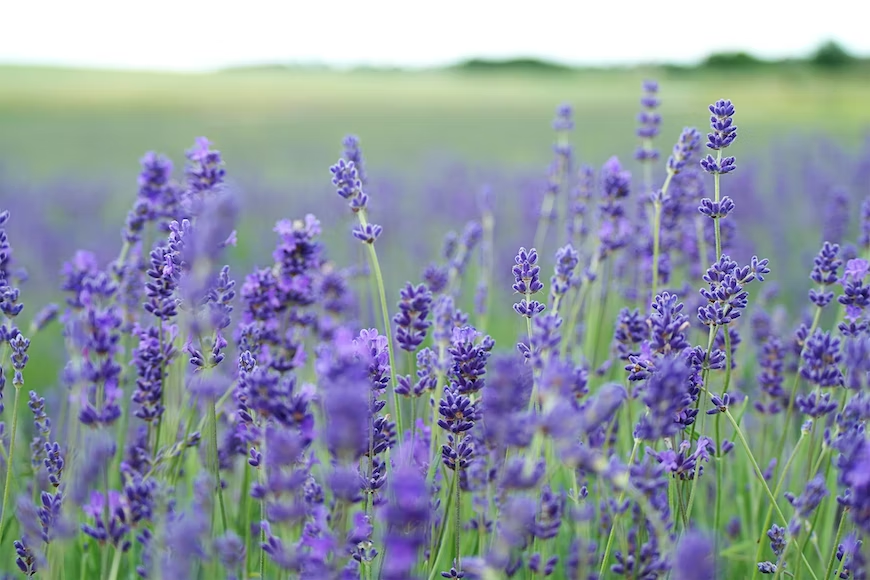
Lavenders originated from a place characterized by tremendous heat and low fertility soil. With this, lavenders were known to tolerate extreme conditions such as an area with full sunlight for six whole hours or more.
Sunlight also serves as a factor in determining the strength of a lavender’s fragrance. The amount of sunlight is proportional to the amount of essential oils yielded by the plant. Subjecting your lavender to a shaded area makes your plant leggy, characterized by decreased flowering activity and a lower amount of essential oils.
Do Lavenders Need Fertilizers?
As stated, lavenders are accustomed to low fertility soils since they prefer soil with high sand content. With this, it is safe to skip using fertilizer since it may harm your lavender instead of helping it grow. Fertilizers increase the plant’s foliage and decrease the flowering capacity of the plant. Apart from this, the concentrated oils in the plant may also decrease, affecting its fragrance.
How Often Should You Prune Lavender?
On the other hand, pruning is a process that reduces the height of your plant, increasing its lifespan. Cutting the top third growth of your plant during early Spring or Fall may help it to grow horizontally. Also, achieving a round, compact shape may help the plant in resisting weather conditions and bear the flowers evenly.
Pruning during early Spring may also help the plant in flower bearing since it may stimulate the growth of more flowers. Avoiding the base of the plant, characterized by a woody appearance, may help the plant since these areas do not grow back after pruning.
How Do You Increase Flower Growth of Lavenders?
Emulating the right conditions for the growth of your lavender plant increases the number of flowers that it can bear. Following the right type of soil and exposing it to a well-lit area can also stimulate flower-bearing. Being exposed to an environment with elevated temperatures may increase the amount of essential oil in the lavender plant, intensifying the fragrance that your lavender plant possesses.
However, fully emulating the plant’s environment can prove to be impossible. With this, performing small adjustments as to how the plant was taken care of brings a notable change to its growth.
For example, placing your lavender in a sunny area boosts its growth, number of flowers, and quality of fragrance. Also, using at least three parts of horticultural sand balances the nutrients that can be found in the potting soil.
Refraining from using fertilizers also supports the growth of your lavender plant since the nutrient composition of the soil is inversely proportional to the number of essential oils that can be found in the plant. Lastly, pruning in early Spring promotes the growth of new plant parts, which may also increase flowering.
What Is The Flowering Schedule of Lavender Plants?
Determining the schedule for when lavender flowers may bloom may also provide information that is crucial to your pruning schedule. For English lavender plants, it blooms during mid-June or July and only lasts up to one month. The popular varieties of English lavenders are ‘Munstead’ and ‘Hidcote’.
For French lavender plants, it usually blooms from early May, up to September and lasts up to three months, depending on environmental conditions. ‘Regal Splendor’, ‘Ballerina’, and ‘Anouk’ are some of the popular cultivars under these species. Lastly, hybrid lavender plants usually bloom in June or July and last up to two months. Some of the popular varieties under this category are ‘Grosso’ and ‘Provence’.
However, comparing the three categories, English lavender plants tend to be more cold-resistant compared to other species and possess higher fragrance quality. In addition, both popular cultivars were ideally grown on pots since it does not tend to overgrow their containers.
How Do You Care For Lavender Plants During the Winter?

The cold season tends to present a moisture atmosphere that can usually damage drought-resistant plants. English lavenders are cold-resistant since they can survive extremely frigid conditions. However, French lavenders do not have cold resistance, and potted lavenders must be brought inside to prevent being damaged by the frost.
Pruning also helps to decrease the height of your lavender plant, making it less susceptible to the damage brought by the accumulation of snow.
Watering your plants during the cold season can also pose a high risk of root rot since potting soil tends to hold water longer in these seasons compared to dry, humid atmospheric conditions in the Summer. However, watering once every four to six weeks may help your lavender plant grow till early Spring.
Final Thoughts
Growing the fragrant lavenders in pots and containers needs specific requirements that are slightly different when growing lavenders directly in the soil.
There are some things you must consider, such as pot size, potting soil mix, sunlight, and temperature, among others. You must be knowledgeable enough about your plant’s needs so that your plant can grow optimally under your care.
Now that you know how to grow lavenders in pots and containers, you can now have your potted fragrant blooms anywhere you like and not just in your herb garden.
Just remember all the proper care and the tips we gave you so that you can give the right love to your plant. In return, surely, it will also show you love by producing more scented and vibrant blooms.
Editor’s Recommendations
27 Amazing African Violet Plants (With Pictures)







